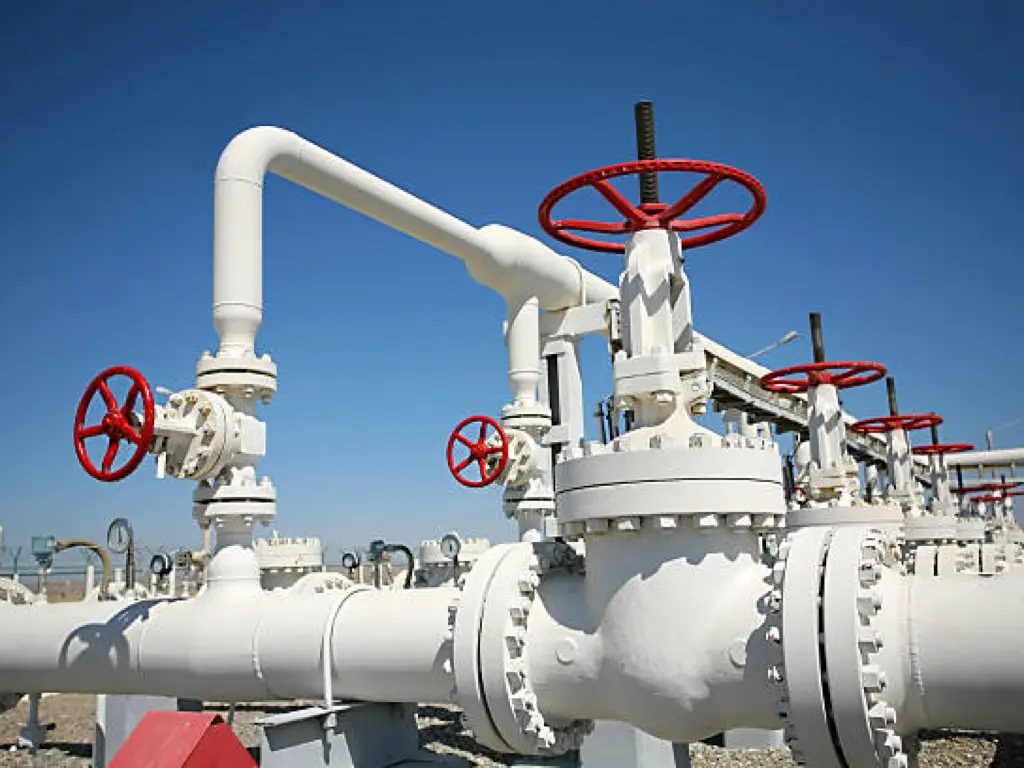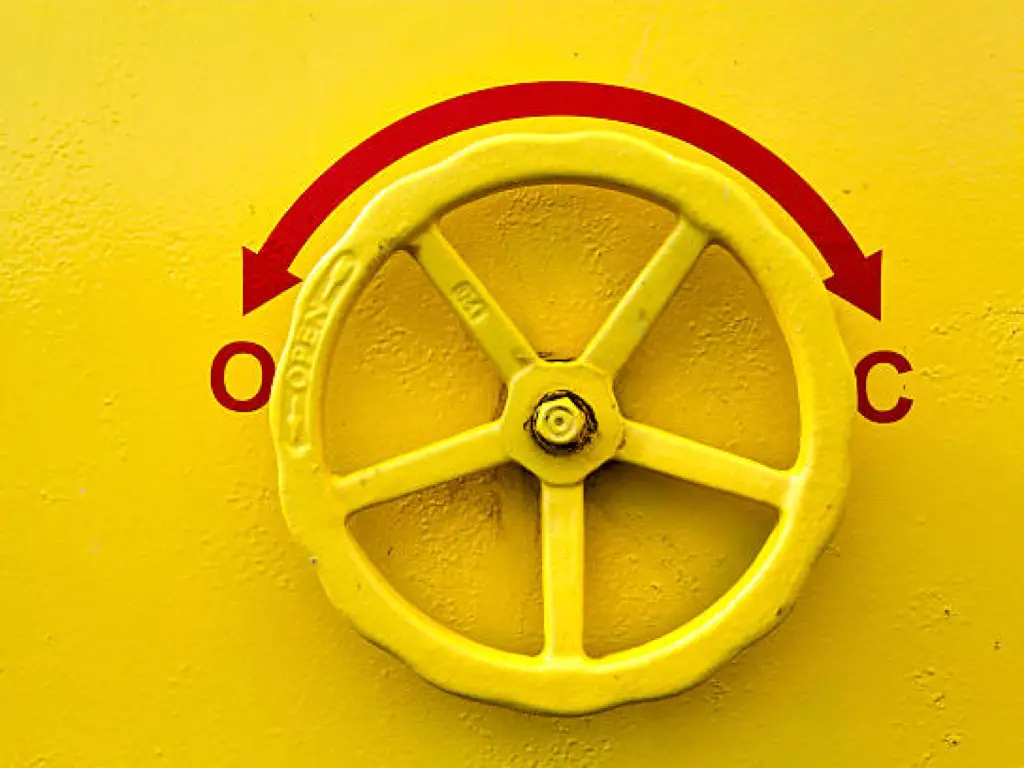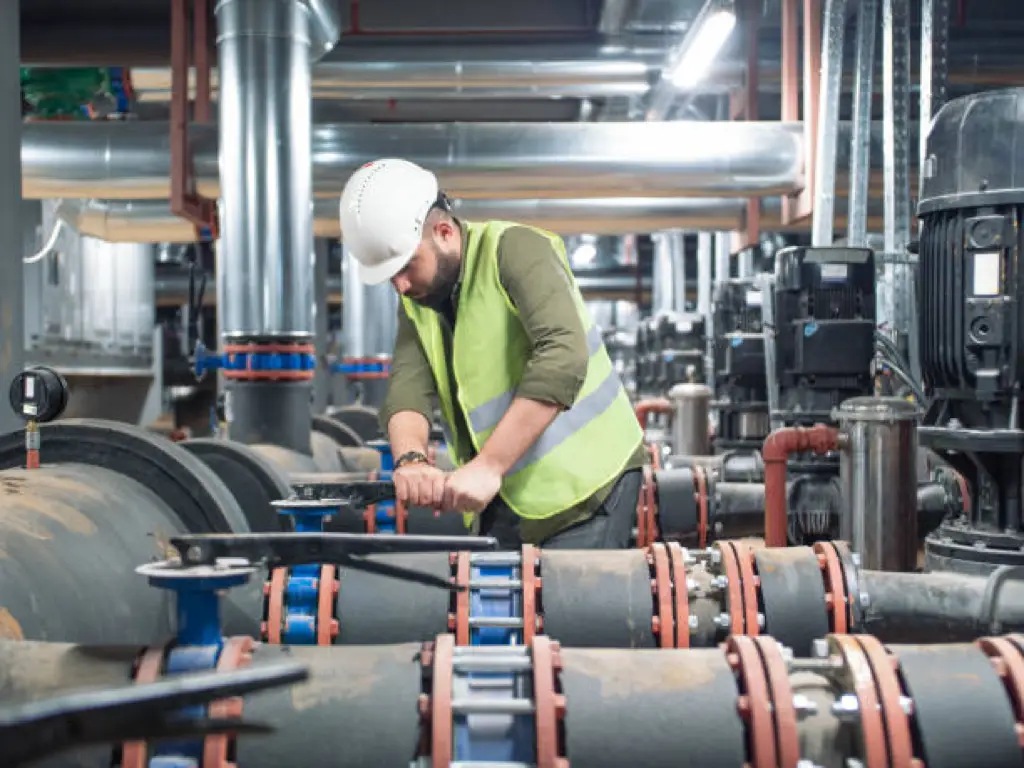What Is Cv of a Valve?
The Cv of a valve, or Flow Coefficient, is a critical metric in understanding the efficiency and functioning of a valve within a piping system. When we define Cv, it is a measure of the valve’s ability to pass fluid, denoted by the volume of the fluid that will flow per minute through the valve with a pressure drop of 1 psi. The fluid in this context is usually water at a specific temperature, such as 60°F. The Cv of a valve plays a significant role in the system’s overall operations. The higher the value of Cv, the greater the flow through the valve is for a given pressure drop, and vice versa.

What Is the Unit of a Valve?
The unit of the Cv of a valve is US gal/min, lbf/in2. There are other notations like Kv or f, depending on the units used. Kv is measured in units of l/min, bar, while f is demonstrated in units of Imp gal/min, lbf/in2. Even though the units are different for Cv, Kv, and f, there are precise mathematical specifications that define the relationship between them, which allows easy conversion and enhances the understanding of the ratio of a fluid’s mean flow.
What Are the Physical Parameters Needed to Calculate the Cv of a Valve?
Several physical parameters are required to accurately calculate the Cv of a valve. These parameters include:
The flow rate or the volume of fluid passing through the valve per unit time. This is typically measured in GPM (gallons per minute) in the case of liquids and in SCFM (Standard Cubic Feet per Minute) for gases.
The pressure differential across the valve, which is the difference between the inlet pressure and the outlet pressure, can cause a psi pressure drop. This differential pressure is measured in units of psi (pounds per square inch).
The fluid’s specific gravity. This is a dimensionless quantity that compares the fluid’s density to the density of a reference fluid, such as water at a certain specified temperature, such as 60°F, to determine the desired flow rate. It is important to note that this calculation is applicable to both liquids and gasses.
When properly measured and applied, these parameters can define the Cv value and thus provide insights into the performance characteristics of a specific valve, including the volume of water it can handle.
| the rate of flow (Q) |
| the specific gravity of the fluid (SG) |
| the pressure drop (∆P) |
| the upstream pressure (P1) |
| downstream pressure (P2) |
| the compressibility factor (Z) |
| the absolute temperature (T) |
How to Calculate Cv of a Valve?
The formula to calculate the Cv of the valve differs for liquids and gases. For liquids, you can use the following equation:
Cv = Q * √ (SG/∆P)
As for gases, a couple of formulas are commonly used based on whether it’s critical or sub-critical flow:For non-critical gas flow:
Cv = 0.06223* Q * √[(T * SG) / {Z * (P12 – P22)}]
For critical gas flow:
Cv = 0.06223 * (Q/P1 * J) * √ {(T * SG) / Z}
It’s also important to align these formulas with the correct unit of measure. In addition to these calculations, many valve manufacturers provide Cv values for their various valve offerings for efficient valve selection.
What Are Some Key Factors Affecting the Cv of a Valve?
There are several key factors that affect the valve flow coefficient, including:
- The valve design: The shape, size, and construction of the valve can significantly influence the Cv. For instance, a valve with a larger internal passage will typically have a higher Cv than a valve with a smaller passage, assuming all other factors are equal.
- The valve opening: The Cv of a valve is directly proportional to the valve opening. That is, the larger the opening, the higher the Cv.

- The type of fluid: The properties of the fluid passing through the valve, particularly its specific gravity and viscosity, can impact the Cv.
Understanding these factors is important as they directly influence the calculated Cv value and thus the efficiency of the valve in facilitating the flow of fluid.
What Are Some Tips for Choosing the Right Valve Based on Cv?
When selecting a valve, the correct Cv value is one crucial criterion to consider. An understanding of Cv, as well as the valve’s product description, can help compare different valves’ efficiency and make an informed choice. It is important to note that the particular valve chosen should meet the specific requirements of the application. Here are some tips:
- Understand your application’s requirements: Knowing the required flow rate and pressure drop conditions can guide your Cv and hence valve selection.
- Check the manufacturer’s Cv data: Most manufacturers provide Cv for their valves in varying conditions. These can be used as benchmark and selection guidelines.

- Keep in mind the nature of the fluid: The type of fluid (gas or liquid) and its properties significantly affect the Cv, hence choose a valve accordingly.
What Are Some Common Mistakes when Calculating the Cv of a Valve?
There are common areas where individuals might make a mistake when calculating the Cv of a valve:
- Incorrect pressure drop: The pressure drop (∆P) calculation must be accurate to derive the real Cv. Many people make the mistake of noting the incorrect pressure value.
- Overlooking Temperature variation: For gases, temperature plays a vital role in Cv calculations. Failing to account for it might inflate or deflate the Cv value.
- Ignoring Fluid properties: Not considering fluid properties like viscosity or specific gravity in the calculations can lead to incorrect Cv values.
Conclusion
The valve flow coefficient serves as a critical metric for engineers, pipefitters, and manufacturers when determining the appropriate valve size for fluid flow. Essentially, it allows these professionals to select the correct valve size to ensure that the fluid passes through the system at the desired pressure. It is wise to take the effort to understand and correctly calculate the Cv of a valve, given its significance in valve selection and overall control in the amount of fluid flow systems.
Opt for Dombor for Expert Assistance
For reliable and accurate Cv calculations, trust the expertise of Dombor. With vast experience in diverse applications, they ensure precise understanding, calculation, and application of Cv for optimal system operations. Dombor’s proficiency encompasses all crucial aspects including discharge coefficient, Cv units, and valve flow.









